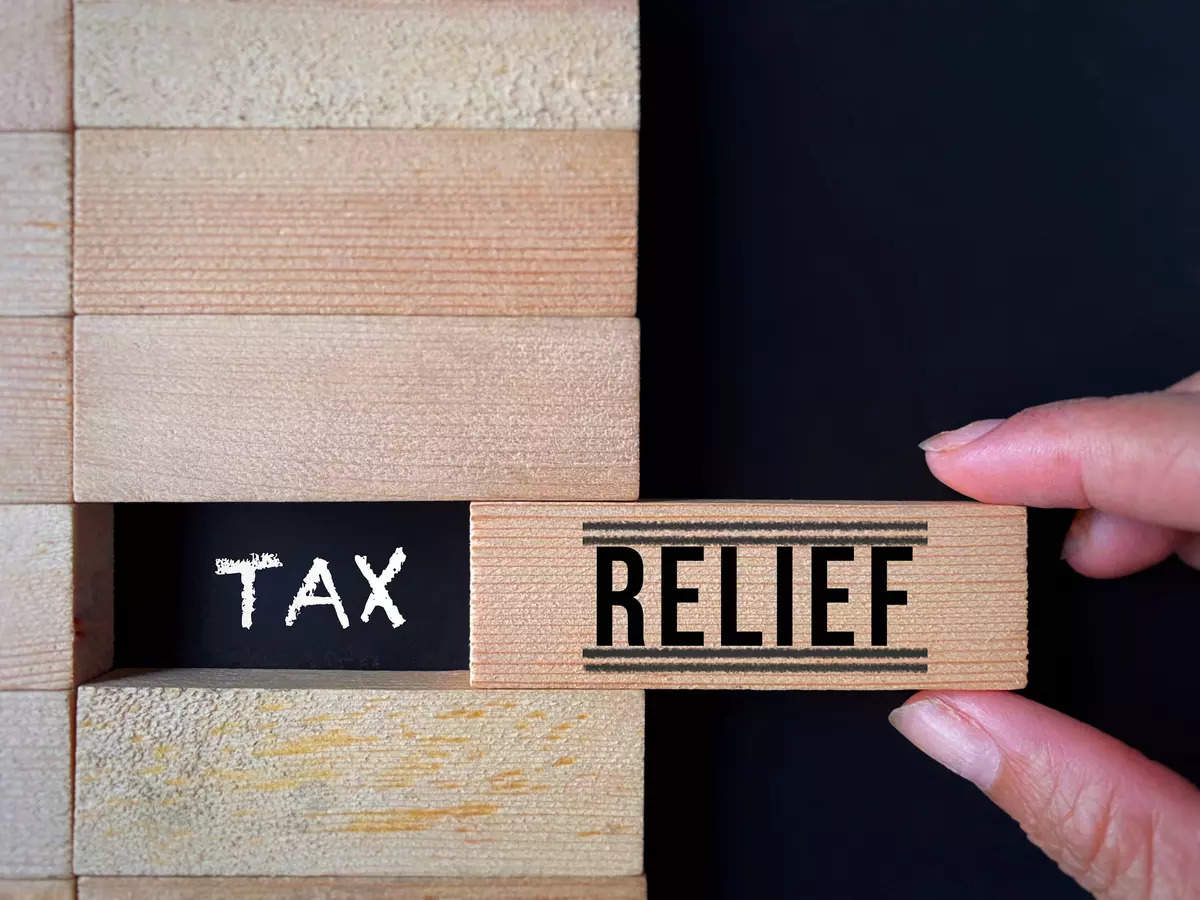
HAVE you ever wondered why the deadline for the filing of internal revenue taxes with the Bureau of Internal Revenue is on April 15? Let me take you back through the history of filing of taxes and other exciting items from our internal revenue code in the Philippines.
The year was 1904. The history of the internal revenue code in the Philippines could be traced to Act 1189, or the "The Internal Revenue Code of 1904," enacted by the Philippine Commission. The Commissioner of Internal Revenue was not called a commissioner before but a Collector of Internal Revenue. Taxes were collected only on the following 13 sources of revenue or "Magic 13" as I would like to put it: license tax; distilled spirits; fermented liquors; manufactured tobacco and snuff; cigars and cigarettes; matches; banks and bankers; stamp taxes; poll or cedula tax; insurance companies; forestry products; valid perfected mining; and business, manufacture and occupation.
Interestingly, the Collector of Internal Revenue specifically collects taxes on matches which were manufactured or partially manufactured in the country. In the case of banks, did you know that they used to file the monthly amount of circulation, every July 15 for the first semester and January 15 on the second semester. In case of cedula or poll tax, it was required to be paid by only male inhabitants of the country. As for insurance companies, they were liable to pay the tax on or before the first day of April in each year.
Ten years later, Act 2339 was enacted in 1914 repealing provisions of earlier Act 1189. Taxes on signs, signboards and billboards, and income tax collected in the Philippines under the laws enacted by the Congress of the United States were collected during this time. Surprisingly, cedula tax was still collected only from male inhabitants with exceptions on the following persons: paupers, insane persons, and imbeciles and members of non-Christian tribes belonging in the then "Department of Mindanao and Sulu."
It was during this time that tax on opium was being collected by the government. Privilege tax on business or occupation was still part of the list of national taxes though under the current statutes it is now under the coverage of local government units. Taxes were also collected for forest products, and testing and sealing weights, and measures.
In 1939, Commonwealth Act (CA) 466 was enacted to revise, amend and codify the internal revenue code of the Philippines. From the Magic 9, the sources of internal revenue taxes were then lowered to seven. This was the first time that income tax, estate, inheritance and gift taxes were introduced as part of our internal revenue code. The tax rates for resident citizens consisted of at least 31 tax rates, the highest rate being 45 percent for net income over P2 million. For corporations, the first income tax rate was around 8 percent.
The deadline set for individual and corporate taxpayers was first codified under this act which was March 1 following the close of the taxable year (except for corporate taxpayers with fiscal year-end — 60 days after the close of the taxable year). It was at this time that a "firearms tax" was being collected. As defined by the CA 466 firearms includes rifles, muskets, carbines, shotguns, revolvers, pistols and all other deadly weapons from which a bullet, ball, shot, shell or other missile may be discharged by means of gunpowder or other explosives. The same is true for the water rentals tax which was collected for small developments.
Other interesting taxes collected during this time included tax on playing cards in which the government collects 35 centavos for every pack containing not more than 48 cards. Even mechanical lighters were part of the articles from which taxes were collected. The same is true for skimmed milk and firecrackers. Several amendments on tax on specific items happened from 1939 until the late 1950s.
During the time of President Ferdinand Marcos Sr., Presidential Decree 69 was enacted to amend certain sections of the national internal revenue code. From 31 rows, the income tax table for individual taxpayers was increased to 37 with a rate as high as 70 percent for income more than P500,000. A dollar tax table was also introduced by the law that provides for 3-percent income tax for income over $20,000. For corporate taxpayers, however, there were two types of tax rates. Twenty-five percent for income not over P100,000 and 35 percent for income exceeding P100,000.
One interesting deduction provided by the law was the standard deduction for the working wife for husband-and-wife taxpayers which is equal to 10 percent of the gross income received by the wife but not to exceed P500.
It was during this era that the filing of returns both for individuals and corporate taxpayers were moved from the previous deadline of March 1 to April 15. Taxes on sales of refrigerators, air-conditioners, beverage coolers, ice cream cabinets, and others, were also introduced during this time. In 2005, April was declared as the Tax Awareness Month by virtue of Proclamation 812, Series of 2005.
Now going back to the question of why April 15 is the deadline for filing the income tax returns, April 15 has been the traditional tax filing deadline in the United States for several decades. This date was established to allow taxpayers sufficient time to gather their financial information and complete their tax returns after the end of the tax year, which is typically December 31.
Ernie Lat 2nd is a certified public accountant and an accounting manager at Yu Villar Tadeja & Co.-Mazars in the Philippines. The views and opinions in this article are those of the author and do not represent those of these institutions.
Read The Rest at :





